Ocean Friendly Gardens, Farms & Landscapes
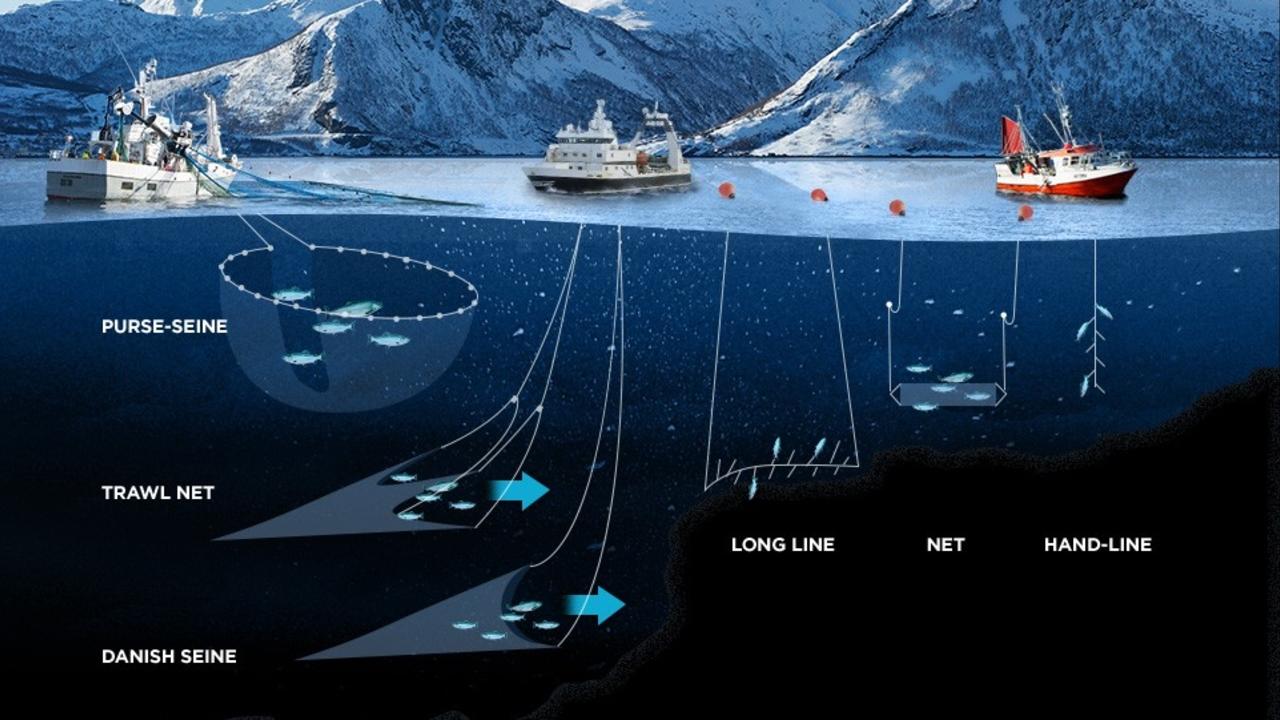
By installing ocean friendly gardens, farms, or landscapes, you protect and help regenerate local fisheries and ocean life. Simple steps, like reducing sediment runoff by keeping exposed soil covered with mulch is just one small way you can be a part of solution in healing our oceans. A local San Diego organization comitted to improving local ecology through our food system is the San Diego County Food System Alliance (SDFSA). Ecology Artisans is a voting member of SDFSA, and a privilege of being a member is attending bi-monthly voting member meetings. The alliance is made up of different working groups such as the Reducing Barriers to Farmers Group or the Urban Agriculture Group.
Ocean Friendly Gardens Regenerate Fisheries
The newest working group in the alliance is the Sustainable Seafood System Group. At our most recent gathering, we had the privilege of receiving a presentation from Dave Rudie, the President of Catalina Offshore Products Inc., which is San Diego County's largest ...
The Benefits of a Mature Hedgerow

The hedgerow is recognizable as a common feature throughout the countrysides of the United Kingdom, Ireland, and throughout Massachusetts, here in the states. Hedgerows are roughly defined as a contiguous line of shrubby plant material, mixed with tree species.
Benefits of a Mature Hedgerow

Example of a hedgerow
According to data from a 2007 survey conducted by Hedgelink UK, an organization based out of the united kingdom, there are approximately 250,000 miles (402,000 km) of managed hedgerow, with another 60 or so thousand that have become feral. In the same report, there is mention of mature hedgerows that are estimated to be around 800 years old. This clearly shows that hedgerows have been a common tool in the development of sustainable/regenerative land stewardship for a significant period of time. As a major component of a region’s green infrastructure, this type of longevity becomes critical for maintaining regional diversity of flora and fauna, healthy soils, and high yield...
How Much Does a Landscape Install Really Cost?
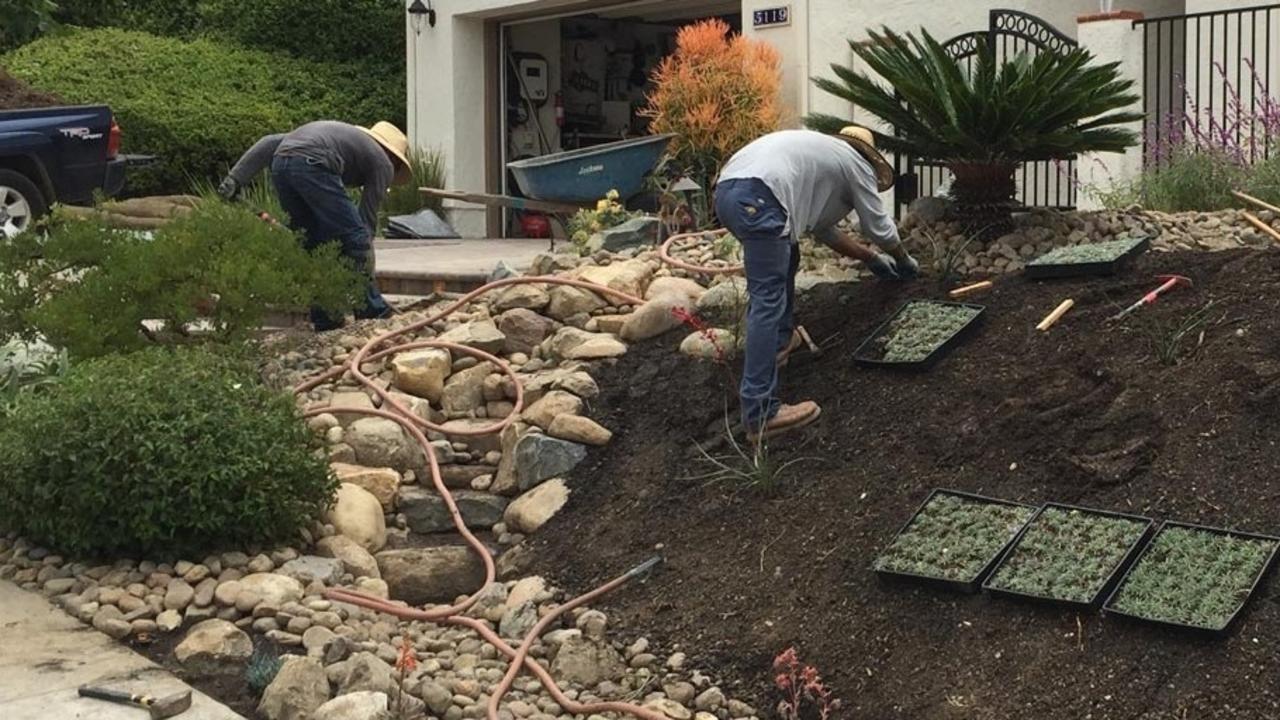
In the age of externalized costs and internet price shopping, many of us have lost grasp of what it costs to do physically demanding and resource intensive work. Work like landscape installation. Home improvements can carry quite the sticker shock for many homeowners, especially those that have little to no return on investment.Thankfully, landscaping improvements DO increase the value of your property.
A landscape with quality curb appeal improves your home's property value.
It is well known in the realty world that healthy, mature, and regionally appropriate landscape will increase the cost of your property. Depending on the tree, some will add thousands of dollars to the closing price. Even how your neighbors landscape their home will impact your value. With more people becoming drought-aware, low-water use landscapes will appeal to home buyers, especially those that are designed with low-maintenance and ease in mind. Coupled with water saving features like infiltration basins and...
Sharing Abundance
Often, new fruit tree owners fear marauding magpies, pillaging pack rats, or devastating ducks. Well, maybe not the ducks. The solution? Warfare! Nets, traps, fake owls, snakes, oh my! Some, like these painted rocks that confuse strawberry snatchers, are wonderful deterrents and should be used. But, many times people choose to net their trees.
Sharing Abundance: Please don't net your fruit trees!

Notice anything about this plum tree? No net!

A free range plum awaits its fate: pecked by beaks or picked by digits.
When you net a fruit tree, you are inevitably going to damage some portion of the tree either installing or removing it. You'll catch and snare unsuspecting little birds (I've freed a few on clients' trees). And, when done, you send the useless tangle of plastic and broken branches to the dump.
How about Sharing Abundance?
At our house, we're fortunate to have mature plums, peaches and citrus trees. We also border wildlife habitat so the domestic feasting pressures ar...
Watershed Restoration

Our company Ecology Artisans is quite a unique animal. Our tagline is, "Ecological landscape and farmland design and development company." We know it's a mouthful, but it doesn't even start to encapsulate everything we do. Our company is helping redefine how we associate and interact with our landscapes. Many ecological designers refers to their place of origin by relating to their watershed, for example, the Santa Ana watershed. Here at Ecology Artisans, we are big believers that bio-association is extremely important if we are really going to solve the ecological issues that we face today.

The Carlsbad Watershed - Photo Courtesy Of The Carlsbad Watershed Network
Watershed Restoration
We need to start thinking of ourselves, our cultures, and our families as a part of nature, instead of separate from it.
What does bio-associate mean? It's a manner of thought and personal connection to the world around us and our role within the associated web of biological and mineral cycles all ...
How to Start a Vegetable Garden
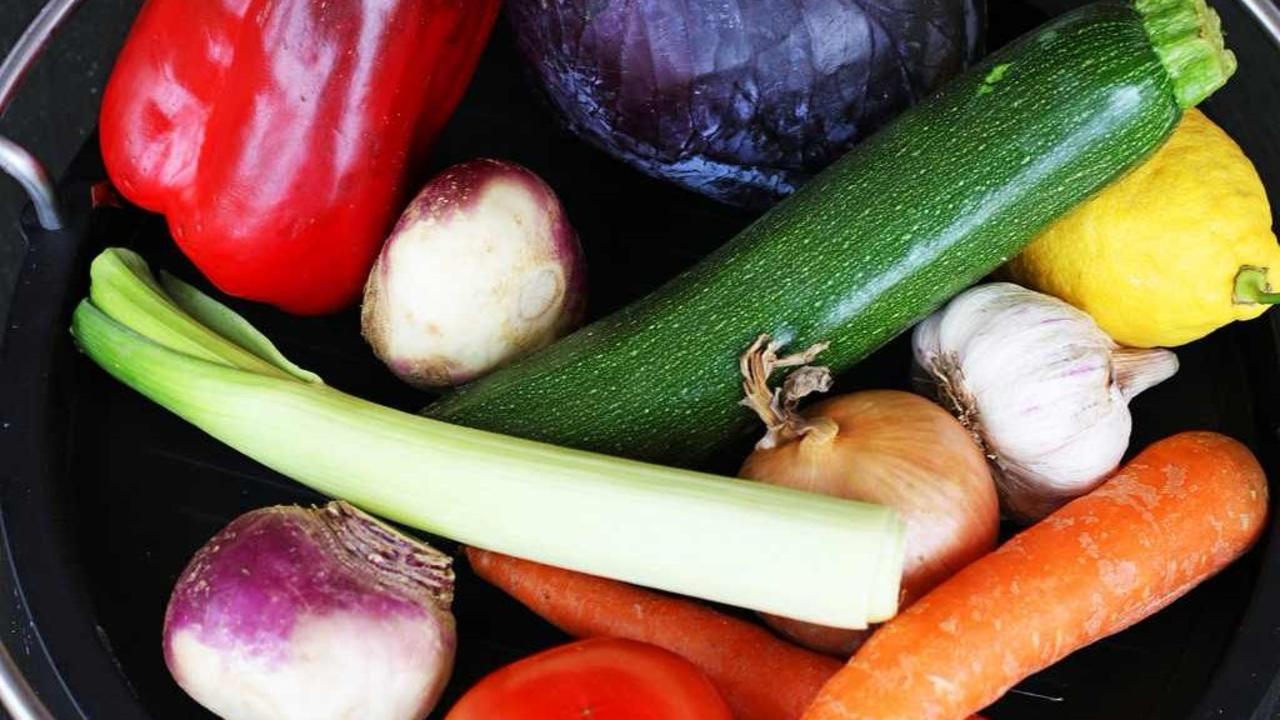
Spring is in the air – It’s time! Your neighbors have been pumping out greens and their veggies are already starting to look promising. Starting a veggie garden is straightforward and simple. Get a friend, get creative, and get growing! In this installment of Get Your Garden On, we share tips on locating your veggie garden, choosing planting areas, soil amending, and more. Let's get dirty!
Determine your exposure.

Most vegetables need at least eight hours of full sun every day. Flowers and other ornamental type plants have different sunlight needs, depending on the variety. Check out what sort of light your yard gets throughout the day. Go out in the morning, noon-time and late afternoon to get an idea of how the sunlight moves across your yard and note the sunny and shady areas. Don’t be discouraged if you don’t have 8 hours of full fun, you can get creative with how to reflect extra light towards your growing area. Check out this handy veggie growing chart to get an idea of what ...
Easy Lawn Care Tips for Homeowners
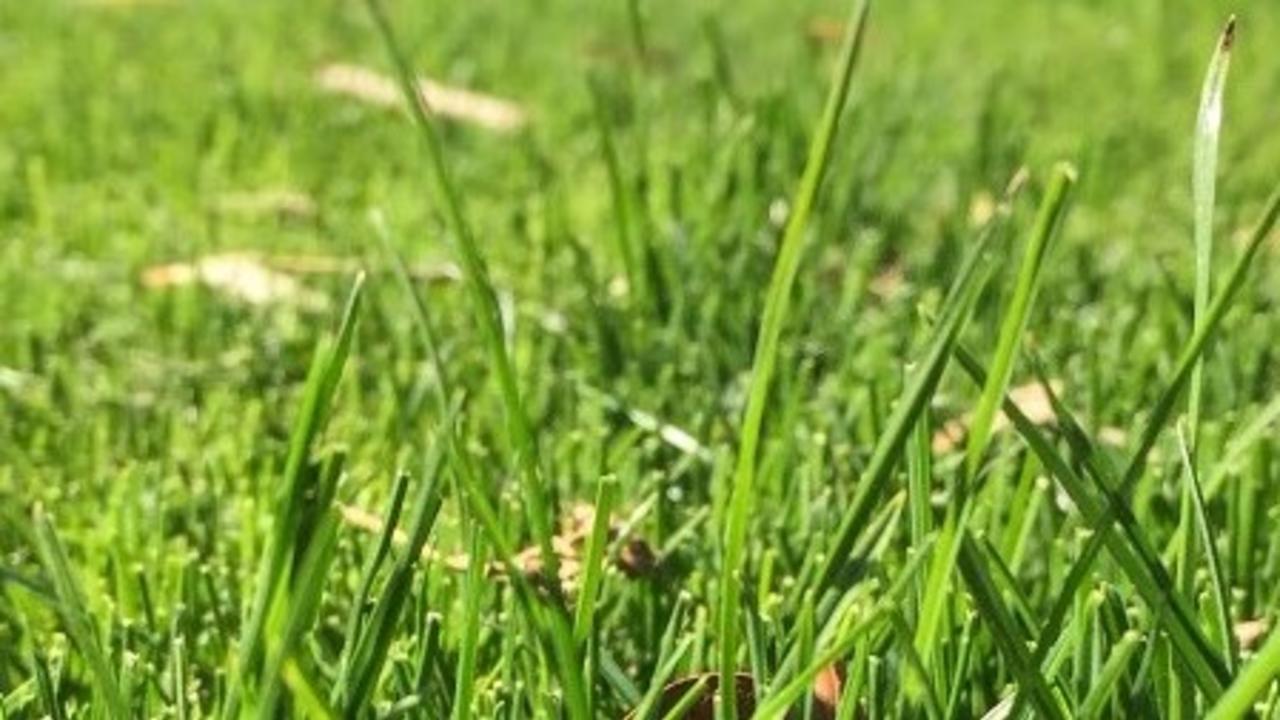
In this article we share easy lawn care tips that address the basic needs for maintaining your lawn or turf grass, with a focus on dry or drought stricken soil. This includes an introduction to the concept of an Integrated Pest Management (IPM), as well as basic watering practices and soil amending techniques.
Keep your lawn thriving with these easy lawn care tips!

Keeping lawns healthy can be one of the most frustrating elements of professional and homeowner landscaping, and many homeowners (and even some pros) have major misconceptions as to what leads to a healthy lawn. We find it helpful when explaining turf management to customers to compare the needs of their lawn to the needs of the human body. Like a person, plants can catch diseases, or come under attack from outside forces. And like a person, too much or little water or nutrients in the plant’s body can damage or kill it. The solution –for healthy people and plants- is essentially “healthy living” and these lawn care tips...
A Transitional Strategy Out of Avocados and Citrus

Avocados and Citrus have long been mainstays of the agricultural economy here in San Diego County. With the California drought stretching into its fifth year (this El Niño looks to finally release us of that stretch, thankfully), many of the farmers that rely on these crops for their main cash flow are struggling. Farms are removing and stumping thousand of acres of avocados and oranges all over the county. While they grow well here with adequate water and fertilizer, maybe Avocados and Citrus were not the best crops to plant in San Diego in the first place. Our Mediterranean-style climate, with it's cyclical drought cycles, has challenged anyone making their living or subsisting from the land in Southern California.
History of Avocados in San Diego
“The first avocado trees were brought to the state in 1871”, according to Jack Shepard, who worked in the business 44 years and is a past president of Calavo California Avocado co-op, the state's largest avocado growers co-op.

Source: ...
When to Plant and Why
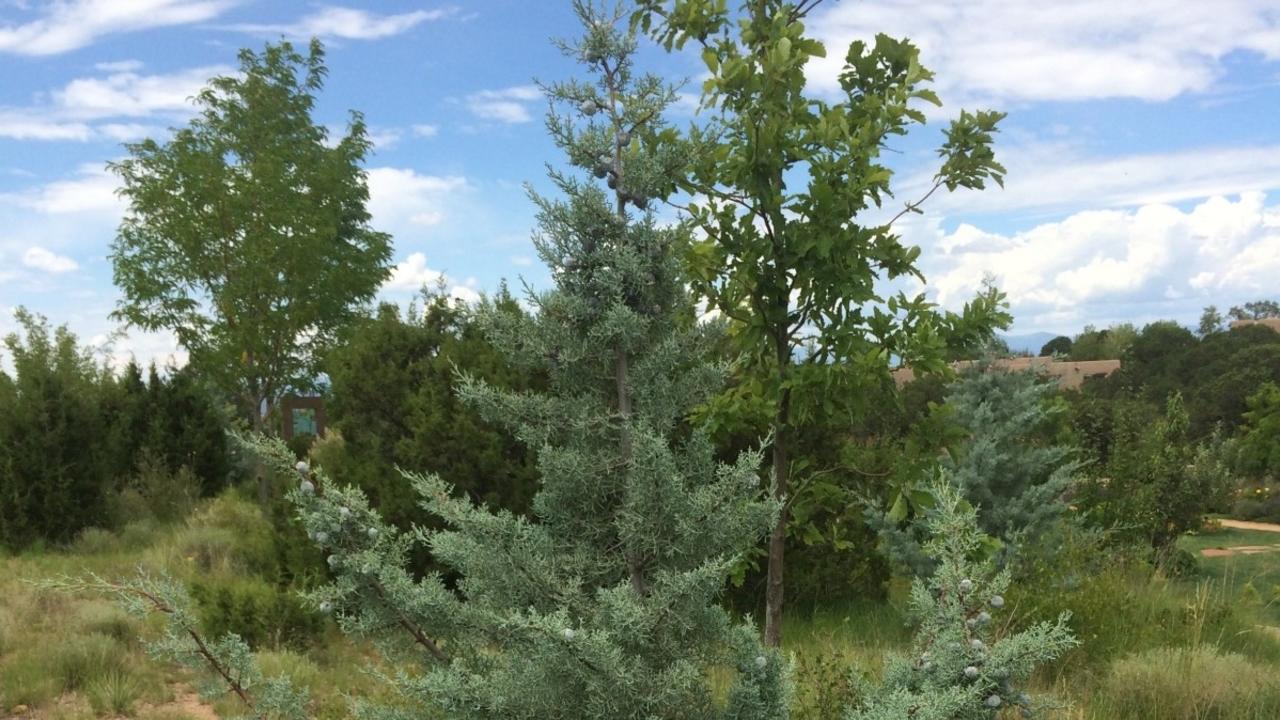
“Best time to plant everything!”

Everything...? Not really.
I recently noticed the above headline from a circular in the local paper. My first thought was, “Not really!”
Let’s recount, very briefly, the climate that we live in here in San Diego County.
First off, it’s considered a Mediterranean climate. Right away that means wet, relatively mild winters, and dry hot summers. As a general rule. With that said, reflect back on the last, say, two years in SD county. Winter hasn’t been very wet; we’ve been coming out of winter with somewhere around four less inches than “normal”. We’ve also had some higher than normal summer temps. In Valley Center, it was holding around 109 degrees for two weeks. That’s noticeable when you’re working and sweating in it. We, as a state, are actively reminded that we are in severe drought conditions. So much so that, finally, the state is going to do what it should have been doing decades ago: billing us a more realistic figure for the resource. Again...
Stormwater Management in the Desert

Santa Fe's Botanical Garden where they have a thoughtfully designed, and beautiful, stormwater management system amongst its drought tolerant plantings. Using a design called the zuni bowl, rain water flows are prevented from eroding soft soil through the use of appropriately placed rocks. The bowl acts as a large infiltration basin allowing water to slowly percolate into the ground. As the bowl fills, it evenly overflows down rock lined paths leading to another zuni bowl, and so on until it reaches its final storm drainage. The design and installation of this system was done by Craig Sponholtz of Watershed Artisans.

This zuni bowl captures stormwater to slow it down for calm and slow passage down to culverts.

View from the zuni bowl above looking out to a large, grass seeded percolation basin.

Silt trap basins work best when they are flat, long, wide, and rock lined only on the sides for easy silt excavation.

Another stormwater management catchment to slow and sink rain wa...
